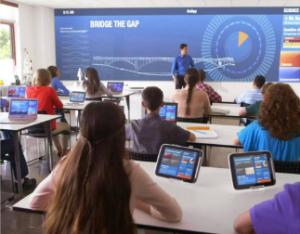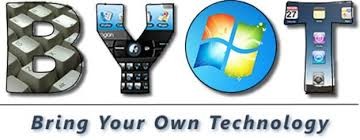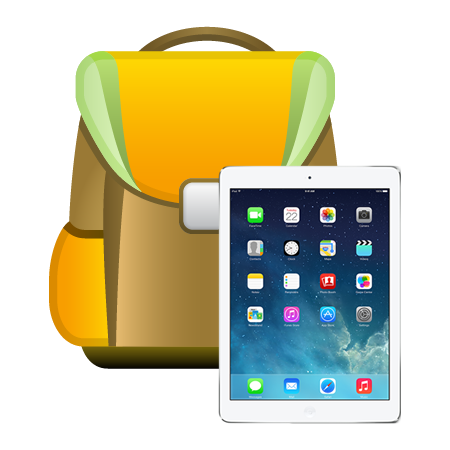3 Ways Mobile Integration Is Impacting Education Technology
The ease of mobile integration is finally making the shift from 1:1 to the more popular BYOT, possible.
Mobile devices have become an imminent force within the education space. Its powerful presence can no longer be ignored. Today’s K12, and higher education students are the true definition of ‘GenMobilers’ who, regardless of their location, are always connected wirelessly, 24×7. The ubiquity and emergence of mobile devices have made an increasing number of educators appreciate the importance of mobile integration in the classrooms, as a means to bring about an optimal experience and productivity in education.
Here are 3 powerful ways Mobile integration is impacting Education Technology:-
- Designing technology with a mobile mindset– We are beginning to see a new trend where even the most entry level products are being built with the capability of mobile integration. Adapting traditional technology to be used through mobile devices is now one of the important goals of education technology developers. For students, mobile integration removes the constraints of time and space. They are able to go through vast amount of information even outside of the classroom itself.
- Proliferation of open architecture supporting devices- There is a growth in devices with software built on an open architecture design that supports mobile solutions. This helps teachers not to get locked into a specific platform, and gives them the flexibility to choose to teach from a wide variety of mediums. Many devices are now design agnostic, which means they can work on any application without requiring any special adaptation.
 Traditional tools getting a mobile twist- Traditional educational tools, such as projectors, are now being developed while keeping mobile integration a priority. We are seeing a rise in the production of SMART technologies. One example would be SMART kapp iQ, which is a 4K display unit with a built in whiteboard. This innovative tool helps everyone in the classroom see what’s being written on the white board in real time. Anyone can choose to write on the whiteboard through their device; the update then very efficiently appears on the device of everyone else. Through multilinking, these devices make the process of collaboration easier.
Traditional tools getting a mobile twist- Traditional educational tools, such as projectors, are now being developed while keeping mobile integration a priority. We are seeing a rise in the production of SMART technologies. One example would be SMART kapp iQ, which is a 4K display unit with a built in whiteboard. This innovative tool helps everyone in the classroom see what’s being written on the white board in real time. Anyone can choose to write on the whiteboard through their device; the update then very efficiently appears on the device of everyone else. Through multilinking, these devices make the process of collaboration easier.
The biggest benefit of mobile integration with device agnostic tools in classrooms is that the schools will be able to adopt BYOT, and not have to spend thousands on purchasing devices for the students. Till now, to integrate technology into classrooms, many schools have chosen to go 1:1 route, and standardized one device, because they have been limited by the tools working on just one platform. This is not the case anymore. With mobile integration, these tools can be used on any platform and operating systems.


We are at a period where mobile integration has become a necessity, rather than a choice, and the future looks very optimistic. The introduction of device agnostic tools are truly revolutionizing the education space, making the quality of learning exponentially higher.
